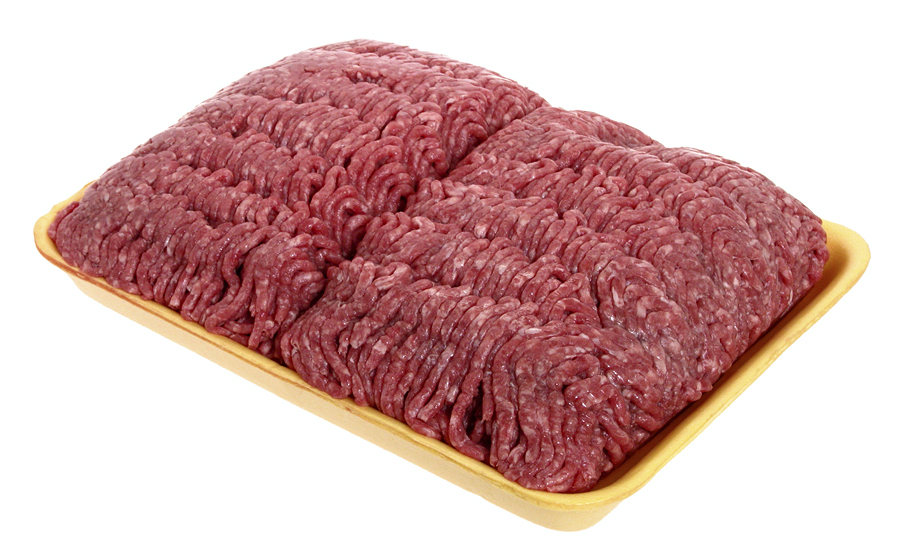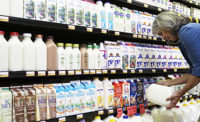Study: CPG manufacturers show price declines of -1.6% in 2016
The overall decline was primarily driven by lower trade pricing in the refrigerated and frozen segments, -5.4% and -8.0% respectively.

Consumers are paying less for grocery items in 2016, according to the latest data from Price-Trak, an Albany, N.Y.-based market research company specializing in price and trade promotion reporting of 150 standard categories.
Overall, manufacturers softened their list prices by -1.6% within the total consumer packaged goods (CPG) area. The data was collected from a broad panel of retailers, and examined the same UPC’s items between years, totaling over nearly 90,000 unique items examined. List price is the price that manufacturers sell their items to the retail trade, and provides the most accurate view of trade pricing vs. retailer shelf pricing, which can include various promotional allowances.
The overall decline was primarily driven by lower trade pricing in the refrigerated and frozen segments, -5.4% and -8.0% respectively.
"These are huge price declines being implemented by manufacturers, and should help drive sales, especially in the center store frozen foods area, which is good news for many supermarkets because it should help with foot traffic," says Andy “Dewey” Rumpelt, president.
There were several segments where manufacturer pricing increased. For instance, lower grain cost and fatter, plumper cows led to lower prices in meat, which translated to manufacturers reducing their prices for retailers, who then pass it along to the consumer. Frozen meat was down -18% and refrigerated meat -8%. Another category with a huge decline was refrigerated eggs, at -10%. However, the egg category has rebounded from the bird flu outbreak in 2015, which decimated egg production.
“What was interesting is that frozen food prices were down across all eight of the frozen food categories we track, and suggests that manufacturers are focused on the price to value equation for the shopper,” Rumpelt adds.
Other categories where noticeable price declines occurred included frozen desserts at -8%.
Looking for a reprint of this article?
From high-res PDFs to custom plaques, order your copy today!





